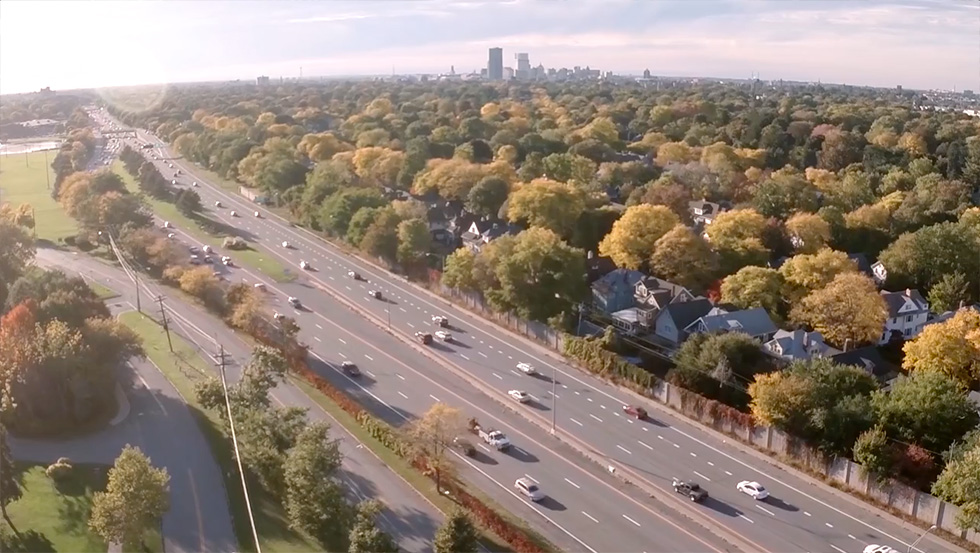 Posted by: DeWain Feller, Vice President at Reconnect Rochester
Posted by: DeWain Feller, Vice President at Reconnect Rochester
Recent articles have highlighted Rochester’s dependency on parking, and have illustrated how our over-reliance on parking is limiting downtown development. This is in turn limiting how many jobs can be located in the city, and many people are beginning to make the connections between the location of jobs, access to jobs, and our debilitating poverty problem.
Downtown Rochester used to hold more offices and employment when a good transit system allowed people to access downtown without land-devouring parking. Over the last few decades, we have focused almost entirely on parking instead. The result is that downtown can no longer support the density that it once had. To make matters worse, parking lots and parking garages have thinned downtown’s vitality further by creating dead zones between buildings. Parking has thinned out and dulled downtown.
Where jobs are located matters enormously, and our discussion about poverty is not giving nearly enough attention to the issues of proximity to jobs and access to jobs. We have lost thousands of jobs in the city, not just at Kodak, but many other office and industrial locations throughout the city.
While some of this job loss has been partially replaced by jobs in dispersed outer suburban locations, transit cannot economically serve those locations. Our first new major manufacturer in the region (1366 Technologies, which will be located on the western edge of Genesee County) will be located well outside of the reach of transit, while ample industrial space in our region’s core lies vacant. The result is that far fewer jobs are now accessible to those who need them the most. A recent study by the Brookings Institution shows that only 10.4% of Rochester’s jobs are reachable via transit within 45 minutes.
We need to locate more jobs in the center city if we are to make real progress on poverty and grow the city’s tax base. We need major improvements in transit in order to enable city job growth and to provide access to those jobs. Cities such as Tucson (which is smaller and less dense than Rochester) are successful doing exactly that, and it is imperative that we learn from their examples.
• • •


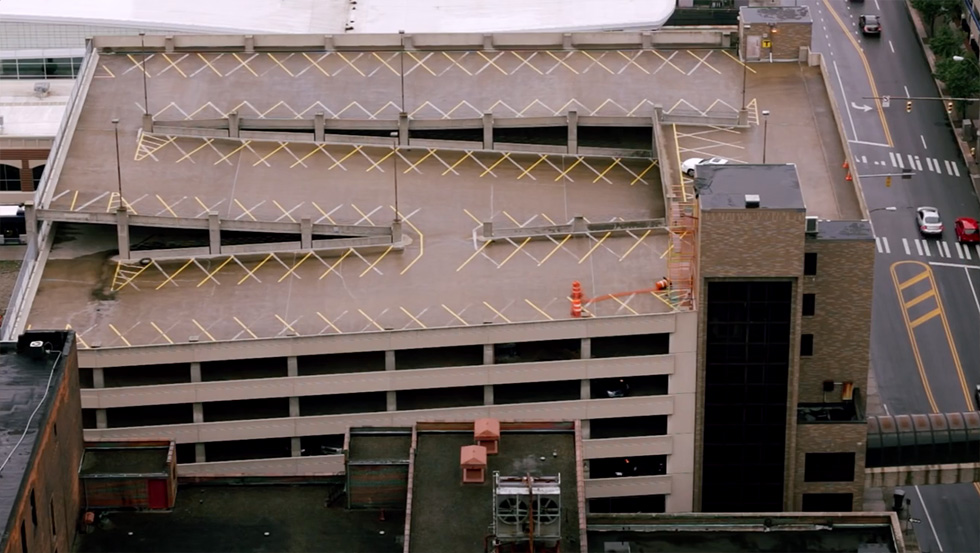
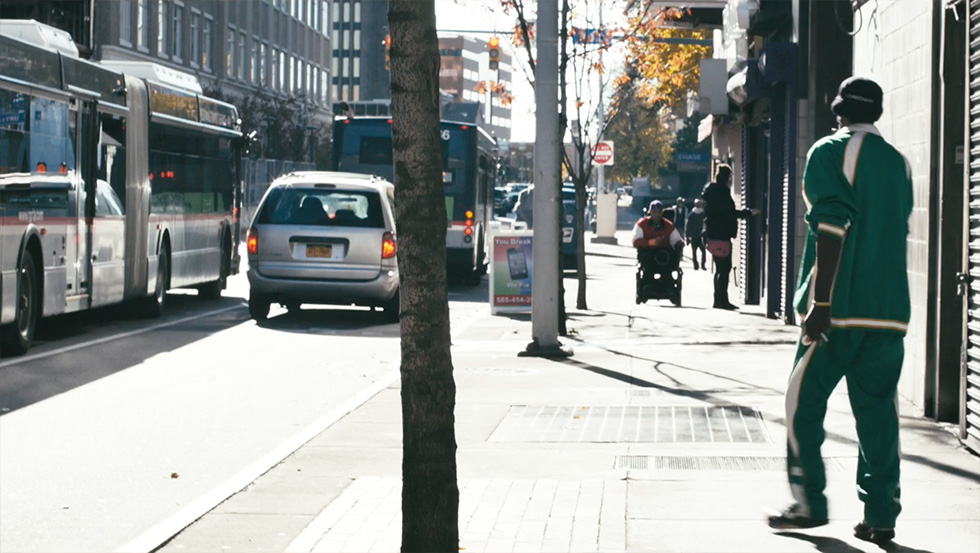
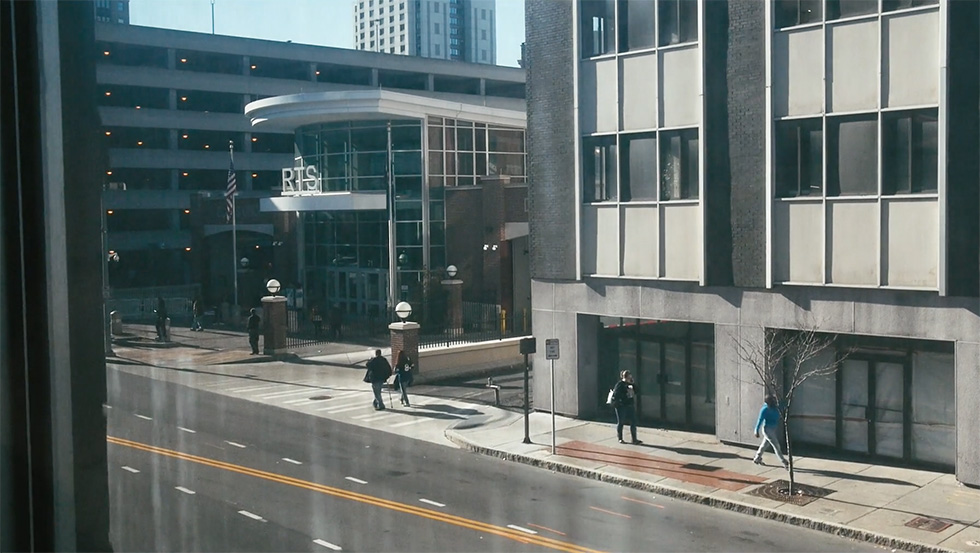
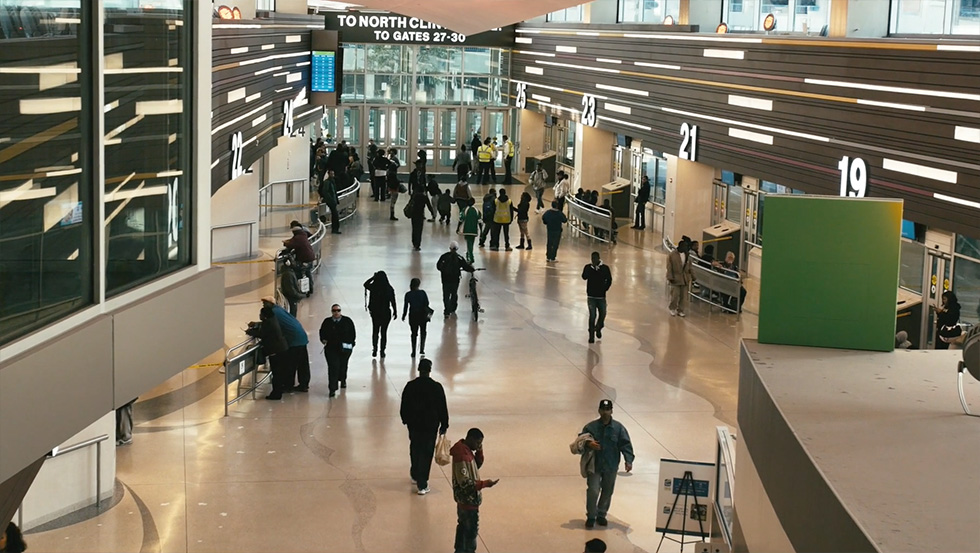
Some very solid points here, the most important and often overlooked is the fact that an enormous percentage of Rochester jobs are in areas that are not conveniently accessible by residents who rely on public transit. Such an glaring and underappreciated barrier to upward mobility!
I hear this loud and clear and thank you for highlighting the issue! The City is actively seeking solutions to the spatial mismatch between residents and jobs. Look for a vanpool pilot project that will help connect workers to jobs in the future…
http://www.democratandchronicle.com/story/news/2016/06/23/rochester-pilot-vanpool-program/86291870/
I am assuming that the case will be made for an infrastructure investment into other types of transportation out of the Monroe County Anti-Poverty Initiative. I hope they will also consider encouraging Call Centers such as the ones at Sutherland Global, Xerox, and others to coalesce downtown. Perhaps not in the area’s receiving huge influx of high end housing but perhaps in the Susan B. Anthony neighborhood, which would be accessible by bus and provide a huge amount of daily retail activity and even maybe turn that community around.